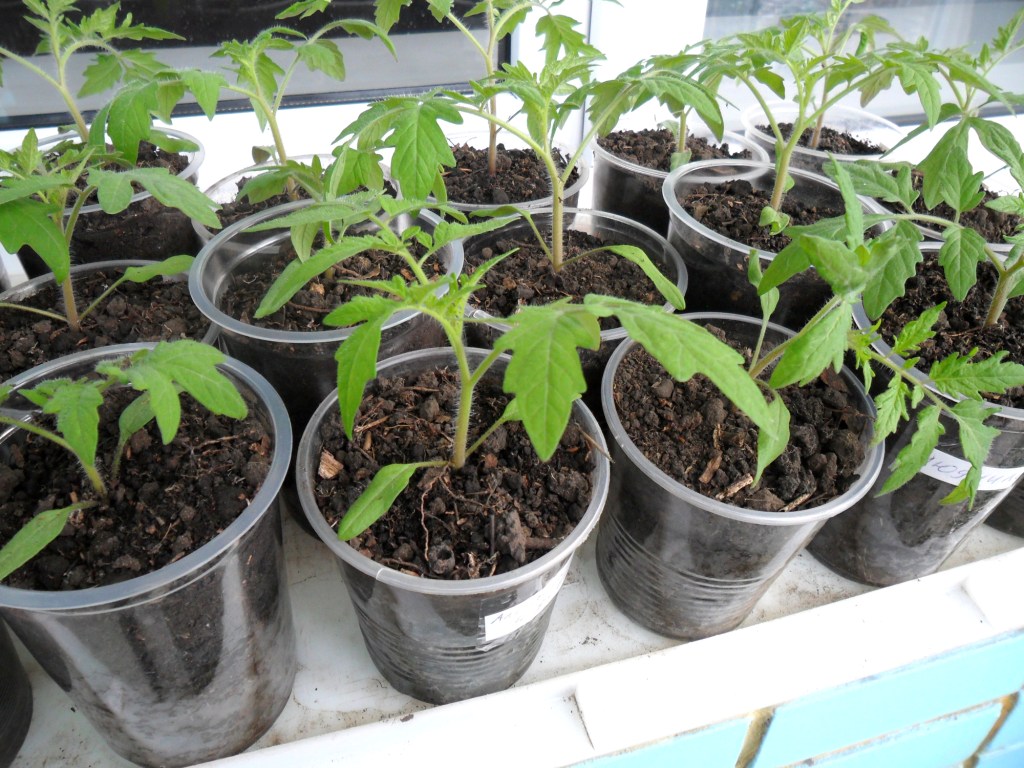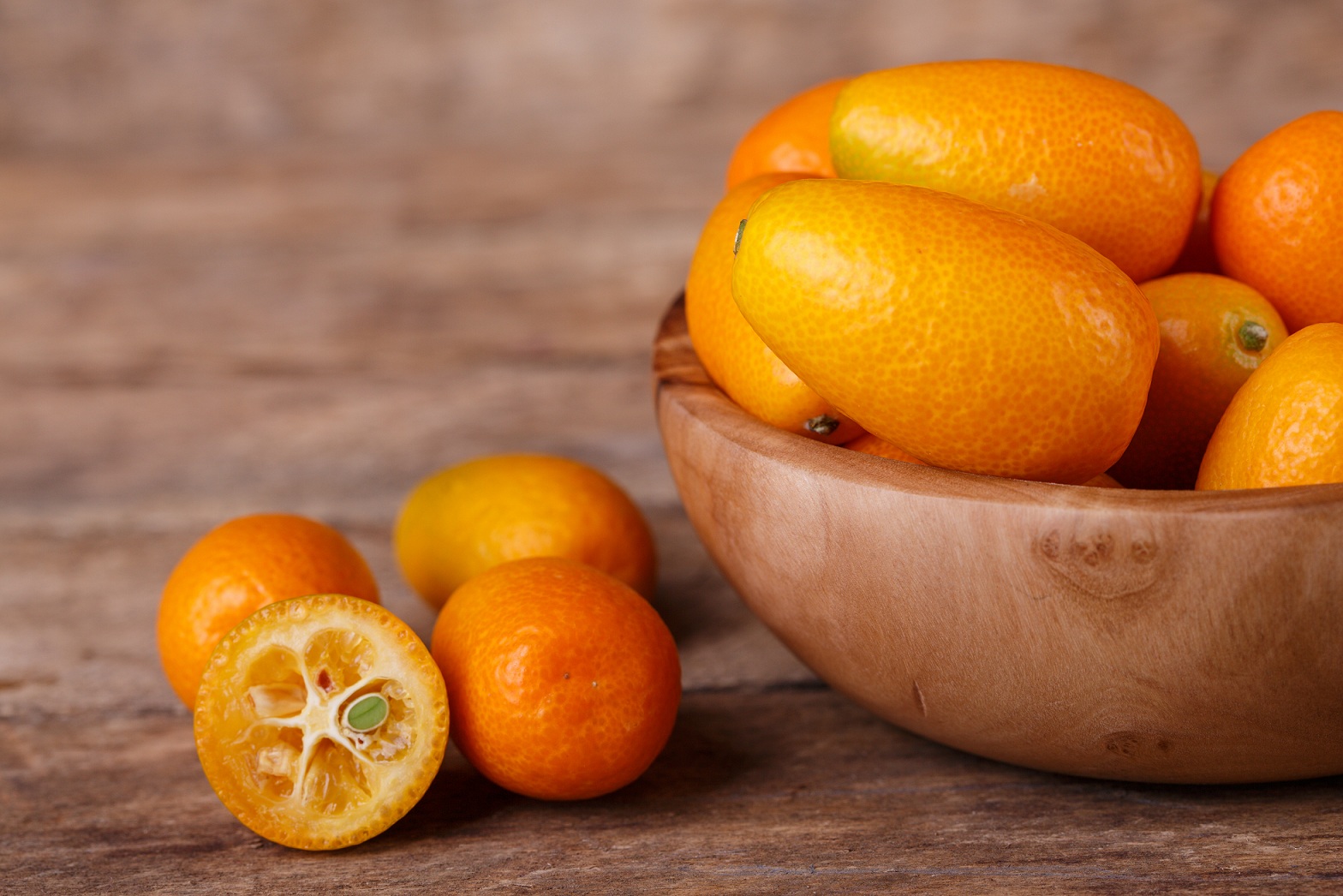Chervil is an annual plant of interest from both gastronomic and medical points of view. This shrub has a subtle scent of anise, and its delicate leaves are very reminiscent of parsley.
Under natural conditions, chervil grows in the southern regions of our country, prefers slopes and light forests, as well as well-drained and light soil. Usually this plant is called "openwork chervil". We will consider it in more detail.
Growing openwork chervil from seeds
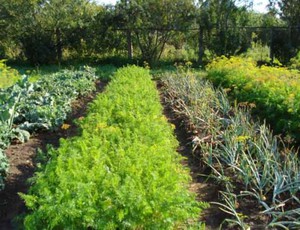 This plant is quite unpretentious, early ripening, cold-resistant. It prefers shade, so it is usually grown under fruit trees.
This plant is quite unpretentious, early ripening, cold-resistant. It prefers shade, so it is usually grown under fruit trees.
It propagates by seeds... With insufficient moisture, chervil blooms very quickly, while the greens become rough and very unpleasant to the taste.
Growing from seeds is carried out in early spring in the beds where other spicy, green or root crops are planted: radish, anise, etc.
Since the seeds sprout for a long time, they it is recommended to soak two days in the growth stimulator "Zircon". Sow them to a depth of 1-1.5 cm. Seeds begin to germinate 2-3 weeks after planting.
Sowing can be scattered or row. If the seeds are planted in rows, then there should be a distance of 20 cm between them. As soon as the seedlings grow 5 cm in height, they are thinned out.
To get greens continuously, this plant is sown several times, every 20 days. To increase productivity, it is necessary to remove the flowering stems in a timely manner. It's easy to care for chervil - loosen the soil, weed and water in moderation.
Top dressing is carried out once with such preparations as:
- mullein solution;
- infusion of wood ash.
Greens are harvested when the chervil grows up to 20 cm. The greens are not cut off again, because they grow slowly, and the quality decreases very much. A few bushes with greenery are usually left for seeds.
The plant blooms 4-6 weeks after sprouting. As soon as the testes turn brown, they need cut and hang in the shade... Seed germination lasts for 3-4 years. They should be stored in paper bags.
Where is chervil applied
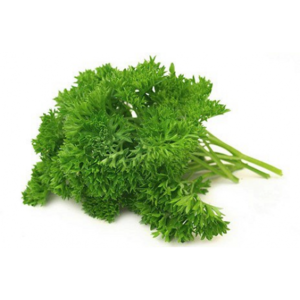 Due to the high amount of vitamins and subtle aniseed aroma, this plant is recognized as a valuable spice, widely used in cooking.
Due to the high amount of vitamins and subtle aniseed aroma, this plant is recognized as a valuable spice, widely used in cooking.
Thanks to the combination of notes of anise, parsley and tarragon, chervil is an excellent seasoning for fish, meat dishes, salads, curd paste, while enhancing other seasonings in the dish.
Young leaves usually begin to be consumed in early spring, since it is during this period that the maximum amount of vitamins and minerals is concentrated in them.
They are good at eliminating such consequences of vitamin deficiency as apathy and lethargy. Thanks to tea made from fresh leaves of this plant mood rises, tone rises, depression is eliminated.
Drying the leaves of this plant is not recommended, because because of this, they begin to quickly lose their aroma and taste. Some housewives keep them in the freezer.
Cooking recipes
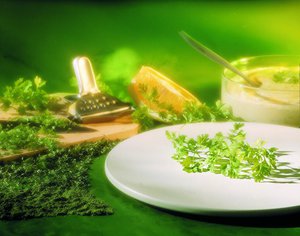 This spice is often used to make various sauces.Chervil also goes well with cottage cheese and soft cheeses. If you mix greens and cottage cheese, it turns out great vitamin breakfast... This mixture is smeared on bread or consumed independently.
This spice is often used to make various sauces.Chervil also goes well with cottage cheese and soft cheeses. If you mix greens and cottage cheese, it turns out great vitamin breakfast... This mixture is smeared on bread or consumed independently.
Chervil is best used as follows: freshly harvested leaves are added as a seasoning to various dishes a few minutes before they are ready, because when heated, the aroma quickly disappears.
This plant combines very well:
- With onion.
- Tarragon.
- Parsley.
However, it is undesirable to mix it with herbs such as thyme and cloves. Chervil can be used with vegetables and eggs, so it is often added to vegetable salads and omelets... Whole twigs of the plant are placed on sandwiches with sausage, fish, cheese, ham.
Chervil is often used and at home: it is great for helping to fight various insects. To do this, plant branches are laid out in places of their accumulation and wait until unwanted "guests" leave.
Useful properties of chervil spice
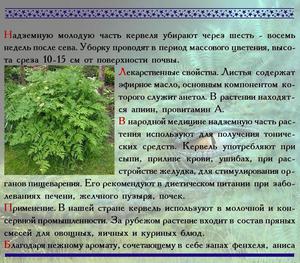 Due to its high vitamin C content, chervil is often consumed fresh. This plant is used as a diuretic and tonic.
Due to its high vitamin C content, chervil is often consumed fresh. This plant is used as a diuretic and tonic.
He improves digestion, and if there are diseases of the respiratory tract, it has an anti-inflammatory effect.
In addition, preparations from this medicinal plant help with a lingering cough, as they effectively remove phlegm from the respiratory tract. In all parts of such a plant contains essential oil, the main components of which are:
- Minerals.
- Anetol.
- Glycosides.
- Vitamin C.
Due to its rich mineral composition, chervil broth is often used with gout and liver disease, and also used to wash the eyes. Fresh juice can be given to young children if they have enlarged lymph nodes.
It is also beneficial for skin lesions and bruises. In these cases, the juice of the plant is applied to the surface of the wound, and fresh leaves are applied to the abscesses that occur during furunculosis.
Provitamin A can lower very high blood pressure. In addition, folic acid contained in the plant contributes to protecting healthy cells from damage and attacks of cancer cells. Therefore, it is imperative that young children and pregnant women take it.
Due to the bactericidal properties of chervil, it is used to cleanse and disinfect the oral cavity. In addition, the high content of B vitamins contributes to normalization of the nervous system... The infusion from this plant is an excellent tool for those who want to quickly lose weight.
Thus, it became clear what a chervil is, since few know about this plant. It is a unique shrub that can be used in cooking to flavor a variety of dishes. And thanks to the content of various vitamins and nutrients it is used in traditional medicine to treat numerous diseases.

